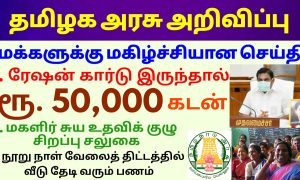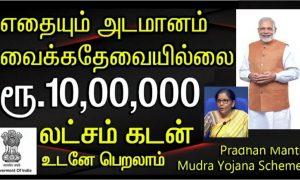When we talk about climate change, most people think of melting glaciers, rising sea levels, or extreme weather. But one of the less discussed — yet most critical — aspects of this global crisis is its impact on human health. From heatwaves to disease outbreaks, climate change is not just an environmental issue; it’s a public health emergency. And understanding our vulnerability and how we can adapt is more important than ever.

What is Health Vulnerability in the Context of Climate Change?
Vulnerability, in simple terms, is how likely someone is to be harmed. When it comes to climate change, health vulnerability refers to how exposed and sensitive a population is to climate-related risks — and how well they can cope with or recover from those risks.
Think about:
- Elderly people during heatwaves who can’t regulate their body temperature well.
- Children in flood-prone areas who may face waterborne diseases.
- Low-income communities with poor housing and limited access to healthcare.
These groups are more vulnerable because they have fewer resources to protect themselves and recover when disaster strikes.
Real-Life Health Threats from Climate Change
We’re already seeing the health consequences of climate change around us:
- Heatwaves cause dehydration, heatstroke, and even death, especially in urban areas with poor ventilation.
- Air pollution from wildfires and vehicles worsens asthma and other respiratory illnesses.
- Changing rainfall patterns can create breeding grounds for mosquitoes, increasing diseases like dengue and malaria.
- Food insecurity from droughts and floods affects nutrition and child development.
- Mental health issues rise after disasters like cyclones and floods — stress, anxiety, PTSD are very real outcomes.
How Do We Assess Health Vulnerability?
Assessing vulnerability isn’t just about collecting data; it’s about understanding people’s lives. Health vulnerability and adaptation assessments (HVAA) are tools used by governments and researchers to:
- Identify which populations are at risk.
- Understand how climate hazards are affecting them now and might worsen in the future.
- Evaluate the health system’s capacity to respond.
- Recommend interventions to reduce risks and build resilience.
For example, an HVAA in a coastal Indian village might reveal that older adults living alone are at high risk during cyclones and lack access to emergency care. That information can lead to targeted programs — like community support networks or early warning systems — to protect them.
What Does Adaptation Look Like?
Adaptation is about action. It’s how we prepare and protect ourselves from climate-related health threats. And it’s happening on many levels:
1. Government and Policy Level
- Implementing heat action plans in cities.
- Investing in early warning systems for floods and storms.
- Strengthening public healthcare infrastructure in rural areas.
2. Community Level
- Educating locals about sanitation during floods to prevent disease.
- Encouraging rooftop gardens to reduce urban heat.
- Setting up mobile clinics in disaster-prone zones.
3. Individual Level
- Staying hydrated and avoiding peak sun hours during heatwaves.
- Using mosquito nets and repellent during monsoons.
- Keeping emergency kits ready in cyclone-prone regions.
Adaptation isn’t about luxury — it’s about survival, especially for the most vulnerable.
The Role of Health Systems
A climate-resilient health system is one that anticipates risks, plans for them, and responds effectively. This includes:
- Training health workers to recognize climate-related illnesses.
- Stocking supplies ahead of seasonal climate events.
- Digitizing health records to ensure access during emergencies.
- Building clinics that are flood-proof and solar-powered.
Final Thoughts: Why This Matters Now
We can’t delay this conversation anymore. Climate change isn’t a future threat — it’s already impacting our lives. But we’re not powerless.
By assessing vulnerability and taking meaningful adaptation actions, we can reduce the health burden of climate change and protect communities that are often left behind. This isn’t just about surviving the next heatwave — it’s about building a healthier, more resilient world for generations to come.
💡




















